Facing the most played move in chess (1.e4) can be a tough choice. There are many options, from the solid 1…e5 to the provocative Pirc and Modern, in a sea of information where we are totally lost with so many courses, books and videos. What to do?
In this article, we will present a solid and aggressive weapon against the move 1.e4: Specifically, The Sicilian Taimanov/Paulsen!
What is Sicilian Taimanov/Paulsen?
So, let’s go! The Sicilian Taimanov/Paulsen appears on the board after the moves 1.e4 c5 2.Nf3 Nc6 3.d4 cxd4 4.Nxd4 Nc6:
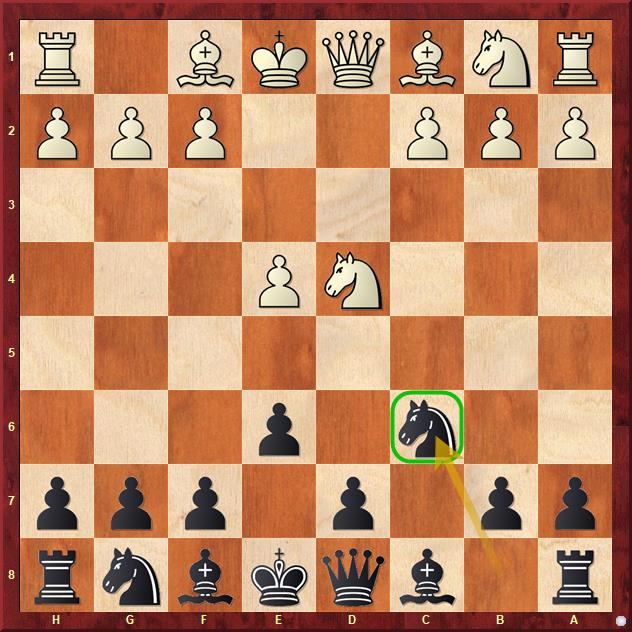
Black’s idea is to continue his development and keep his options open: We can develop with the Bishop to e7, d6, c5, our central pawns can go to d6/d5, the Knight can go to f6/e7 – in other words – She is one of the most flexible Sicilians out there!
History of Sicilian Taimanov
Sicilian Taimanov/Paulsen is named after GM Mark Taimanov, a strong grandmaster of the 20th century, and he simply beat no less than 6 world champions!

The main players of Sicilian Taimanov/Paulsen
When studying openings, something that helps us master it is seeing matches of players who play this defense frequently, the famous idea of the Model Player. Among Taimanov’s top defenders are GMs Alexander Morozevich, Igor Miladinovic, Ivan Ivanisevic, Sergei Movsesian.
Closing this introductory part, we will analyze two games within this variation, so that you can have a greater feeling of the positions that can arise from this variation.
Game n°1 : Savon vs Spassky, Yerevan 1962
1.e4 c5 2.Nf3 Nc6 3.d4 cxd4 4.Nxd4 e6 5.Nc3 Qc7 6.g3
Furthermore, we can see some ideas for White. This is the Fianchetto Variation, which has the additional advantage of being able to be played against several Sicilians, it allows White to reinforce the kingside and simply look to develop.
6…a6
This is a typical thing that happens in almost all Sicilians. In this specific one, Black controls the b5 square, which leaves Black’s Queen very safe on c7. Along with this, at some point Black may play with …b5, seeking the minority attack on the queenside.

7.Bg2 Nf6 8.O-O Be7 9.b3 O-O 10.Nce2
In my opinion, a strange move. The Knight ends up looking bad on a2, but White’s idea is to play c4, which is easily avoided after the move
10…b5
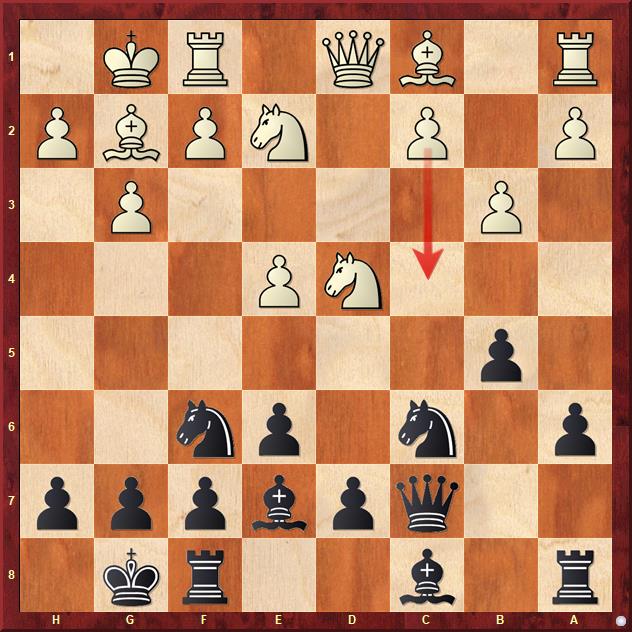
11.Bb2 Bb7 12.Rc1 Ne5 13.f4
A very delicate move. The a7-g1 diagonal is very weak, and the Bishop on b2 does not help in defense.
13…Neg4 14.Qd3
Important moment for the game: Remember this!
14…e5!

Another typical Sicilian thing! Uncover the a7-g1 diagonal for the Bishop, or gain full control of the e5 square (in the case of fxe5), in addition to fixing the e4-pawn forever. Note that this move permanently weakens the d5 square, but since White is far from d5 (The e2 knight wishes he had seen this move sooner…), there is no problem breaking through immediately.
15.Nf5 Bc5+ 16.Kh1 d5

And finally, the last rupture! White’s pieces are very poorly placed, especially the e2 knight, and the position opens completely. Spassky leads the rest of the game masterfully.
17.exd5 e4 18.Qd2 Qd7 19.Ned4 Bxd5 20.h3 e3
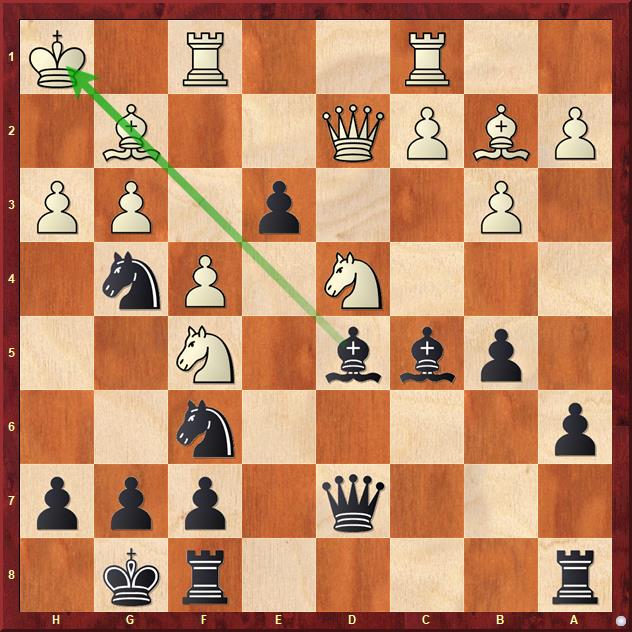
Activating the d5 Bishop, along with the threat of …Nf2+. The match doesn’t last long after that:
21.Qc3 Nf2+ 22.Rxf2 Bxd4 23.Qxd4 exf2 24.Nh6+ 0-1
Note that White resigned due to 24…gxh6 25.Qxf6 Qxh3#
What did we learn from this game?
- Why is …a6 played in Sicilian;
- The minority attack on the queenside;
- The central breaks …e5+…d5.
Game N°2: Janosevic x Taimanov, Wijk aan Zee 1970
Why not see the creator himself playing his own defense?
1. e4 c5 2. Nf3 Nc6 3. d4 cxd4 4. Nxd4 e6 5. Nc3 a6 6. Be2
Another normal line of development, but White has several options too.
6…Qc7
The ideal sqaure for the Queen on Taimanov/Paulsen.

7. f4
A typical expansion, gaining more space on the kingside.
7…b5 8. Nxc6 Qxc6
Keeping the a8-h1 diagonal open for the Bishop.
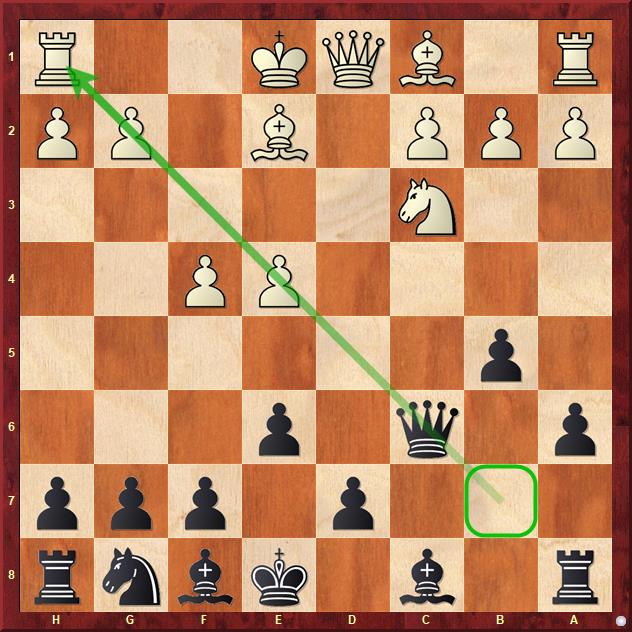
9. Bf3
To try to exploit the Queen of c6.
9…Bb7 10. e5 Qc7 11. O-O Nh6
To take advantage of the f5 square now that the e-pawn has advanced.
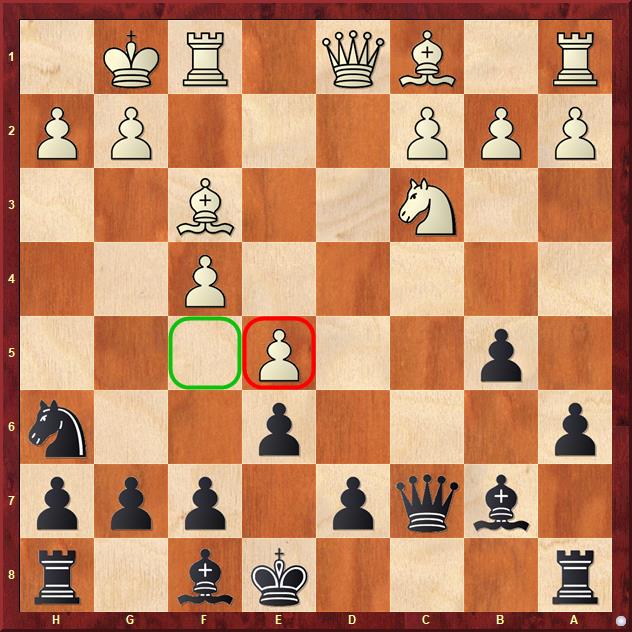
12. Be3 Rd8
Preparing …d6, to undermine White’s center.
Again, another important topic:
13. Bf2 d6!
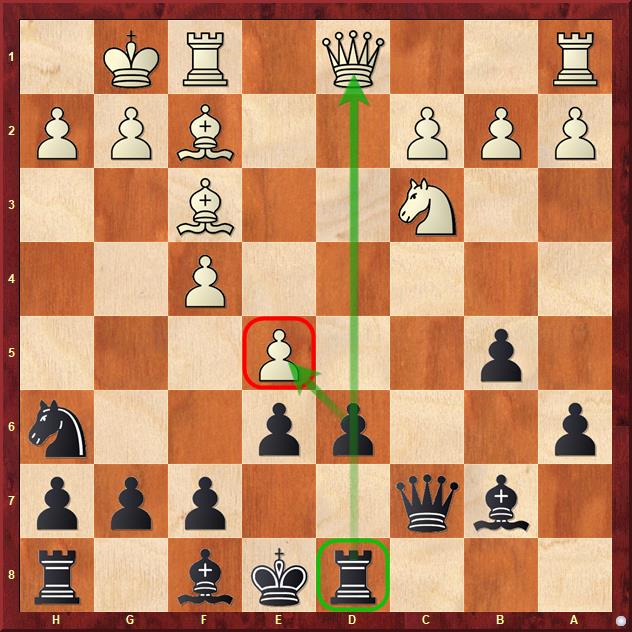
14. Qe2 Bxf3
Taking advantage of the Queen moving, Black makes her move again.
15. Qxf3 dxe5 16. fxe5 Bc5
Preparing …0-0, and White has a permanent weakness on e5. White’s only chance here is to create an attack, but Taimanov won’t allow that.
17. Rae1 O-O 18. Qh5 Rd2
Increasing pressure on the queenside.
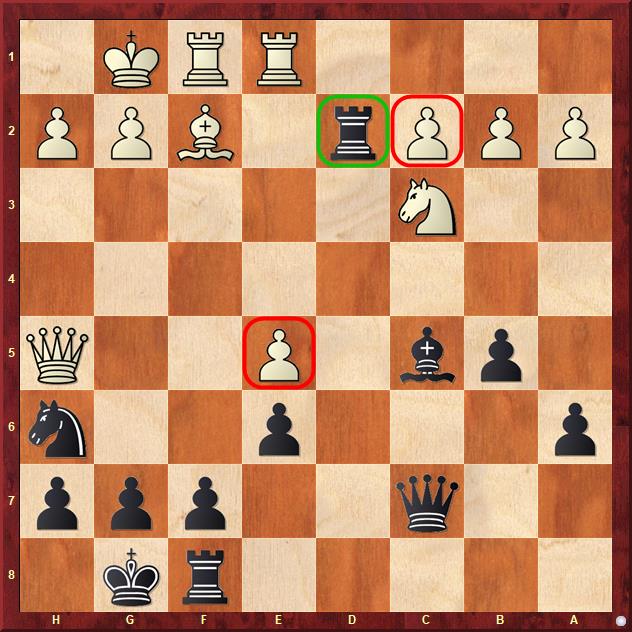
19. Re2 Rfd8 20. Rxd2 Rxd2 21. Bxc5 Qxc5+ 22. Kh1 Qe3 23. Rd1 b4 0-1
At the end of the game, White gave up, as there are problems in White’s last row.
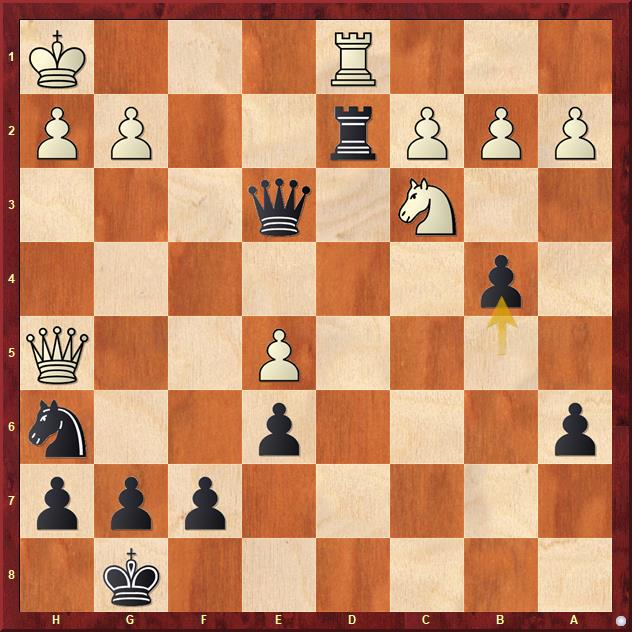
What did we learn from this game?
- The idea of opening or leaving the a8-h1 diagonal open;
- Again, the minority attack on the Queenside;
- How to exploit a premature advance from White’s center.
Moreover, if you want to consolidate and increase your knowledge of the Sicilian Taimanov/Paulsen, FM Viktor Neustroev has a complete course on how to play this Sicilian and destroy the move 1.e4!”
To redeem your offer, click here and enter the exclusive code VIKTOR60 for a 60% discount, for ChessLance visitors only! Click here to get Defeat White with Paulsen Sicilian, and change your chess today!
Join our club on chess.com!
Follow us on Facebook!
You can see more articles by clicking here!
